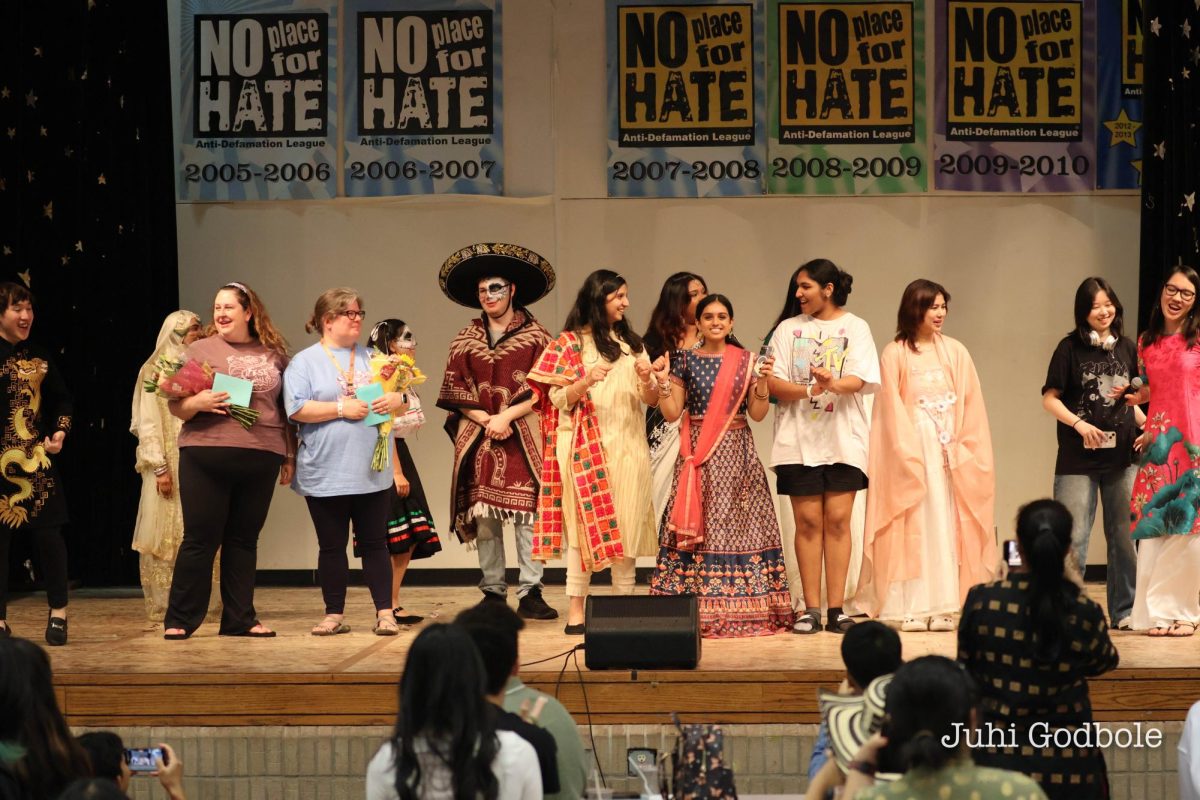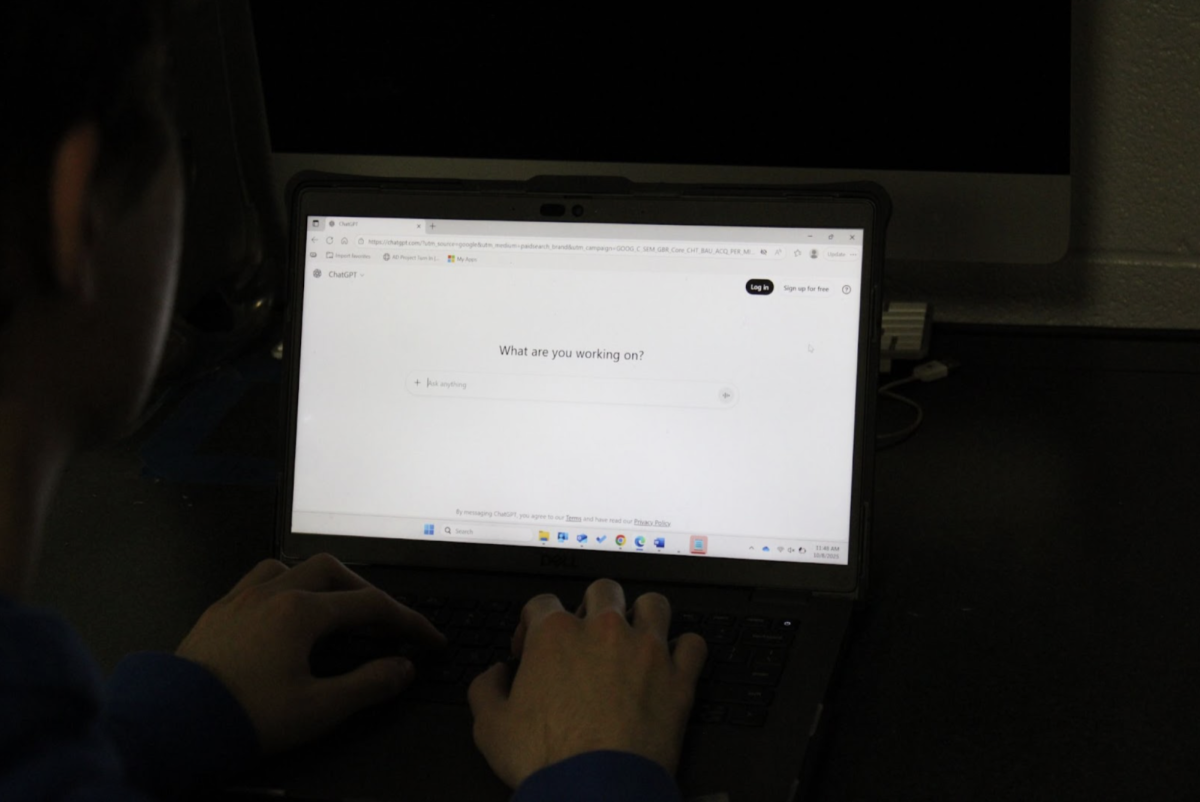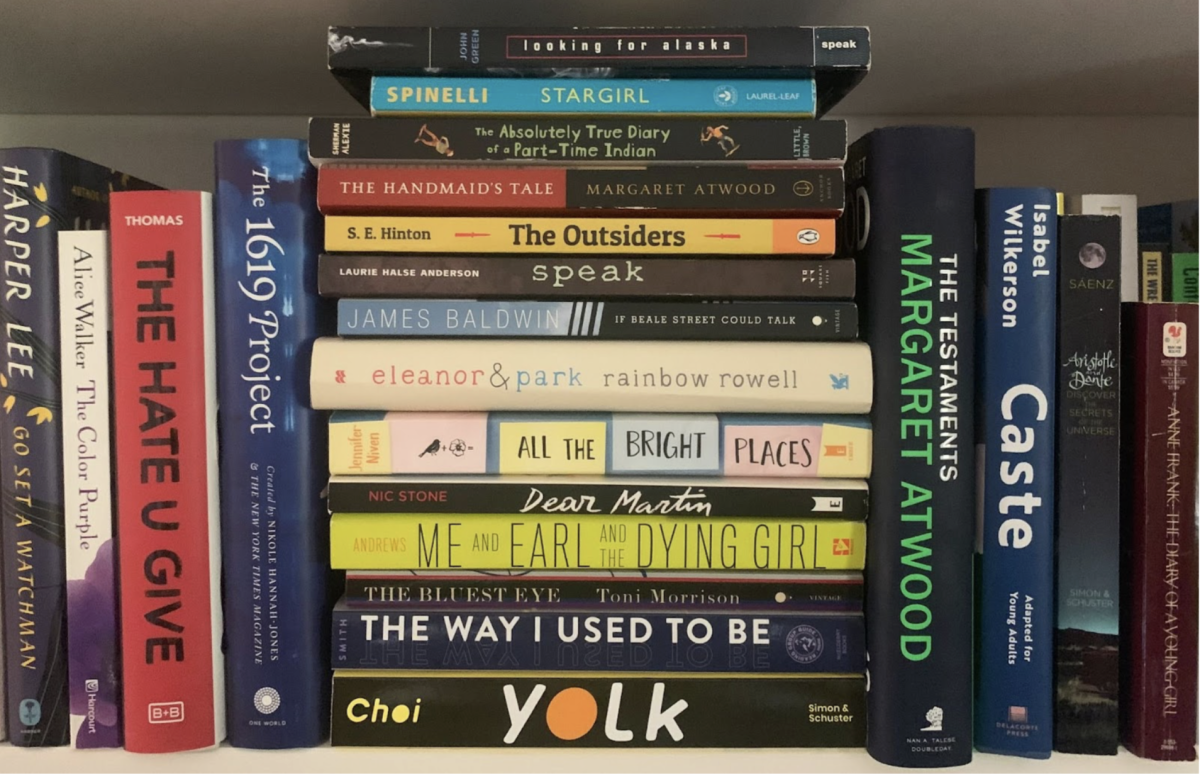When we walk through the school halls, we can practically feel the vibrant energy pulsing through the air. It’s not just the usual hustle and bustle of students rushing to class, there’s something deeper, richer happening here.
“Hello! Hola! Assalam o Alikum! Ni Hao! Namaste! Bonjour!”- these diverse greetings echo through the corridors, creating a symphony of languages and accents. These aren’t just ordinary hallways, you see. They’re bridges: gateways that connect students from all corners of the globe, creating a living, breathing tapestry of cultures and traditions. Close your eyes and listen to the mix of voices, the shared laughter that fills these corridors is like nothing you’ve ever experienced.
On cultural celebration day known as International Festival, the hallways transform into a kaleidoscope of colors and patterns, as students proudly don the traditional attire of their diverse heritages. It’s a dazzling display that goes far beyond simple dress-up, this is an intimate glimpse into the unique identities that make up our school community.
“To me, diversity means embracing and celebrating the variety of cultures, languages, and traditions that make up our community,” Srishti Vennamaneni, president of the South Asian Student Association (SASA) said. “It’s about fostering an inclusive environment where all voices are heard and respected.”
Thriving cultural clubs serve as the heartbeat of this diversity. Students have come together over the years to form groups like the Pakistan Youth Forum, Latin Club, National Chinese Honor Society, and many more. These clubs provide platforms for students to share their heritage and learn from one another in meaningful ways.
“The Latin Club is a little different than most clubs because there aren’t any ancient Romans running around,” Michael Wells, the club’s sponsor, said. “But, in general, I think most cultural clubs, like Latin Club, bring together people who are interested in learning more about a particular culture for whatever reason.”
This sentiment echoes throughout the cultural organizations.
“I find that these club meetings are about bringing people together and sharing aspects of our identity,” Abdullaah Idris, co-president of the Muslim Student Association (MSA), said. “It’s a safe space for us to make genuine connections and maintain respect, even as we learn about each other’s perspectives.”
Rania Farhan, Idris’s co-president, acknowledged that while these groups might seem closed off to outsiders, they serve a deeper purpose of providing members with a supportive environment where individuals can authentically celebrate their shared identities and experiences. Areesha Faisal, president of the Pakistan Youth Forum, shares a similar mission.
“Our goal is to create a space where students can explore cultural diversity while fostering global connections,” Faisal said. “Through our events and discussions, we aim to build bridges of understanding and appreciation across different backgrounds.”
Despite our differences, or perhaps because of them, our school stands united, a shining example of how diversity brings a community closer together.
The laughs, the jokes, the greetings in countless languages—each a unique gesture, yet all part of the same story. Together, they weave the vibrant tapestry of our culture, where every thread is essential, and every voice matters. Because here, diversity doesn’t divide us—it makes us one.








